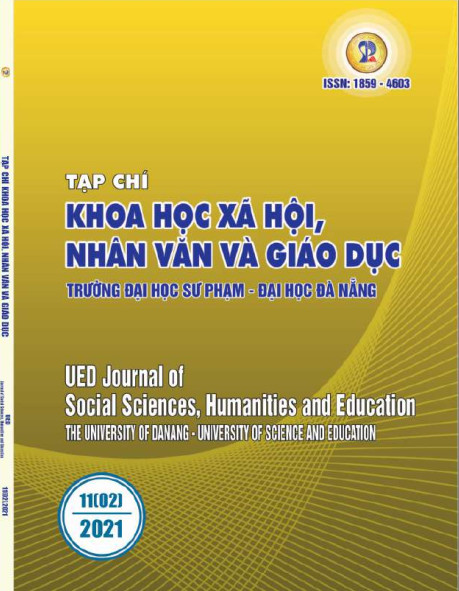THE ORIGINS OF CHAMPA: WAS THERE A KINGDOM OF XI-TU (西屠國) IN THE THU BỒN VALLEY ?
Abstract
There is a theory that explains the origins of Campā (Champa) by rendering a paradigm in which a kingdom referred to as Xi-Tu emerged in the Thu Bồn valley (a part of Quảng Nam Province today in central Việt Nam) around the 3rd century CE, and then absorbed the Lin-Yi kingdom by the end of the 6th century, resulting in what today is known as Champa. In contrast to this assumption, this paper uses both historical and archeological evidence to show that there was, in fact, no such a kingdom in the Thu Bồn valley in the 6th century. Instead, the evidence shows that from the beginning of the 4th century Lin-Yi conquered many small neighbouring kingdoms, including Xi-Tu (if it in fact existed). Champa, or Campā, was the Sanskrit name used by the ruling class of the Kingdom of Lin-Yi to refer to their territory (Lin-Yi is the name derived from Chinese historical documents).
The discussions concerning the existence of Xi-Tu aim to clarify the nature of the birth of the polity with Indic influences located on the coast of Indochina,known as Champa. Determining the cradle of Champa, once known to be in the territory of Lin- Yi, could lead to a better understanding of the growth of this kingdom, with its unique historical and geographical background. With this in mind, the author would like to share his views on the issue, currently regarded as "a critical point in the historiography of Champa" (Taylor, 2021, 581).

